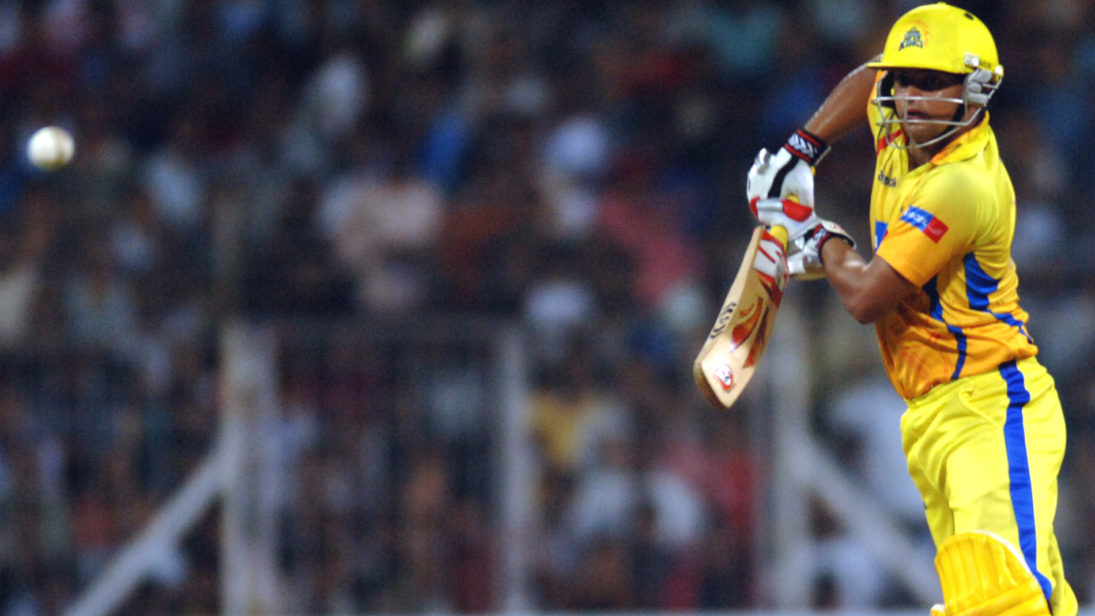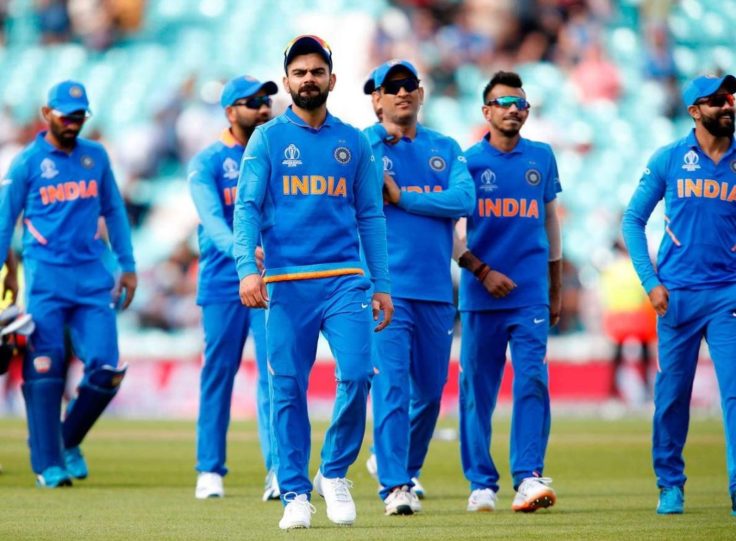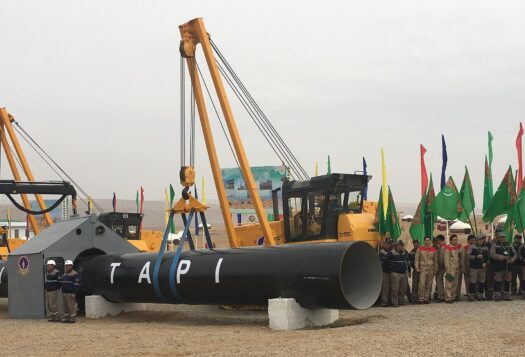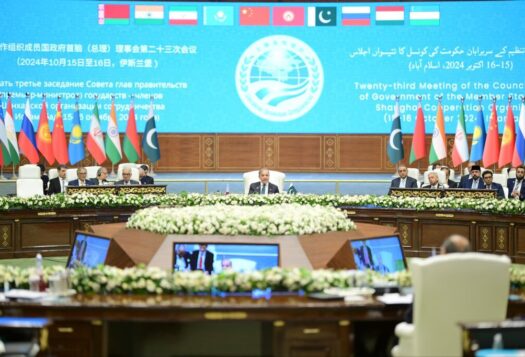
No dates or venues have yet been confirmed for the 2021 edition of the Indian Premier League (IPL), the sporting and commercial poster child of India’s post-liberalization success story. Still, the governing authorities of Indian cricket will move quickly to ensure that the multi-billion dollar spectacle goes off without a hitch for the second time in a row under COVID-19 conditions, especially after the previous season was moved entirely to the United Arab Emirates in November 2020. Since its whirlwind inception in 2008, the IPL has taken on distinct nation-building characteristics as it takes its place in the country’s cultural calendar—truly living up to its billing as “India ka Tyohaar” (The Festival of India).
That franchise competition between city-based teams would ultimately strengthen, rather than sully patriotic sentiment, was not always a given. In the early years, observers feared that IPL rivalries would pit supporters of the national team against one another, fracturing Indian cricket into regional and ethnic partisanship. Instead, much the opposite has occurred. Pride and interest in the national team has only grown, even as the IPL and its loyal city-based fanbases have matured. Local allegiances did not subsume national ones; the underlying civilizational unity of India persisted in the face of modernization and change. This is primarily due to the IPL’s professionalization of Indian cricket, and the economic forces proselytizing the game in peripheral zones that have historically been rocked by secessionist violence, including Kashmir and the Northeast. In this way, the sporting utility of cricket is fast becoming a celebrated avenue for consolidating and televising the integrity of the Indian nation.
A Bat and Ball Vernacular
As commentator Harsha Bhogle once posited, in India “there is cricket and the movies.” Yet even Bollywood, for all its iridescent splendor, is limited by its inability to fully penetrate into regional linguistic markets, particularly within the non-Hindi-speaking south of India. Cricket, on the other hand, possesses a common vocabulary of runs, wickets, and exhilaration, that require little translation.
Cricket is gradually becoming a viable career option for youth from economically underserved parts of India, fueling the game’s country-wide proliferation.
Perhaps that is why the IPL, in its raising of Indian cricket’s standards and its prodigious ability to attract investment from around the world, can be said to demonstrate both globalizing as well as Indianizing effects. Before, talent had to be found through local connections and established cricketing infrastructure. Now IPL franchises recruit professional scouts to scour the farthest villages and corners of the Indian hinterland in the mission of unearthing the next big star, bringing opportunity and hope to those of less privileged backgrounds.
To date, only one player, Parvez Rasool, from the Jammu & Kashmir (J&K) state team has gone on to represent Team India in international cricket. After 19-year-old J&K cricketer Abdul Samad was selected to play in the 2020 IPL, two other young Kashmiri players, Auqib Nabi and Mujtaba Yousuf, earned call-ups to trial for various IPL franchises this February. Given India’s strategic competition over Kashmir with Pakistan, its cricket-mad neighbor and rival both on and off the field, the elevation of Kashmiri players in the IPL can be construed by pro-government agents as a highly-visible public diplomacy success and an illustration of Indian nation-building efforts in the troubled region.

The northeastern states of India have also historically been neglected by the country’s cricketing fraternity, as well as in the national consciousness writ large. That could change with the recent invitation of 16-year-old Nagaland spinner Khrievitso Kense for trials with the Mumbai Indians team ahead of the 2021 auctions. Last year, netizens delighted in Assamese player Riyan Parag’s rendition of the ethnic Bihu dance after taking his Rajasthan Royals team to victory over Hyderabad. Both Nagaland and Assam, among other northeastern states, have weathered decades-long armed secessionist movements that are only recently winding down after negotiations with the central government, and the wider consolidation of state resources and local democratic capital. Cricketers from areas of India that have in the past been rocked by insurgencies and bouts of separatism are now able to bring their cultural traditions to an audience of hundreds of millions of viewers, solidifying their place in an evolving national imaginary. With even lower-tier franchise contracts signed for thousands, if not millions of dollars, cricket is gradually becoming a viable career option for youth from economically underserved parts of India, fueling the game’s country-wide proliferation. The IPL is bringing Indians closer together, using the energizing power of sport to cut across divisions of language, religion, and caste.
Democratizing the Game
The immense sums of money generated by the IPL have been used to reinvest in the fundamentals of Indian cricket. The league has been credited with developing India’s bench strength for international matches and increasing salaries for domestic fringe players, all while further democratizing the sport. Profits accrued from the IPL allowed for the enlargement of the Ranji Trophy—a historic domestic tournament that has been played since 1934—to 37 teams, finally incorporating many from the northeast who had previously never had a representative state team. In tier two and tier three cities where IPL matches cannot be hosted, fan parks are instead erected so that tens of thousands of enthusiastic watchers can enjoy a day out among the community.
Coupled with rising inter-state migration and consistent year-on-year growth, the IPL is becoming a microcosm of an integrated Indian society in the 21st century; it hypostatizes a country that is simultaneously globalizing, modernizing, and Indianizing.
At the 2019 World Cup, for the first time ever, each of the eleven Indian players came from a different state team in India. Multiple developmental trends undergirded the making of this “Democracy’s XI”. Lucrative media and sponsorship deals are negotiated with ballooning Indian viewership in mind, driven by the rollout of Indian-broadband company Reliance’s Jio schemes that have provided ultra-cheap data to the masses in the past few years. Indians are increasingly able to spend more on leisure – since 2008, India’s GDP per capita has more than doubled. Coupled with rising inter-state migration and consistent year-on-year growth, the IPL is becoming a microcosm of an integrated Indian society in the 21st century; it hypostatizes a country that is simultaneously globalizing, modernizing, and Indianizing.
Moreover, the financial heft of the IPL forms the basis of India’s clout in world cricket, consolidating its place as the epicenter of the global game. Cricketers from Afghanistan to Australia, and even the United States, have thrown their hat into the auction ring to try securing a spot with one of eight franchises contesting the 2021 season. While cricket has been examined as a tool of Indian soft power and strategic policy abroad—including in the deliberate exclusion of Pakistani cricketers from the IPL in the wake of the 2008 Mumbai terror attacks—equivalent attention should be paid to the manner in which the sport is also reshaping India’s internal dynamics.
On the playing field, where merit and spirit ought to decide who wins and who loses, it is possible that a more inclusive vision of the Indian polity can be manifested. Commercial entities such as the different IPL franchises can take a leading role in advancing ethnocultural inclusivity by investing in grassroots coaching and opening academies in parts of India traditionally neglected by the cricketing hierarchy. As Indian cricket expands its cherished place in the national imaginary, instances such as that of an Assamese crowd singing Vande Mataram (an independence-era patriotic song) at a game merely one year after a separatist bombing in Assam may prove profoundly meaningful in the long term. From a national unity perspective, a future IPL team based in Kashmir or the northeast—the Srinagar Kites or Guwahati Rhinos, perhaps—could prove a more effective means of promoting integration compared to invidious diplomatic or military solutions affected by the state.
***
Image 1: Public.Resource.Org via Flickr
Image 2: P.L. Ghogra via Twitter


